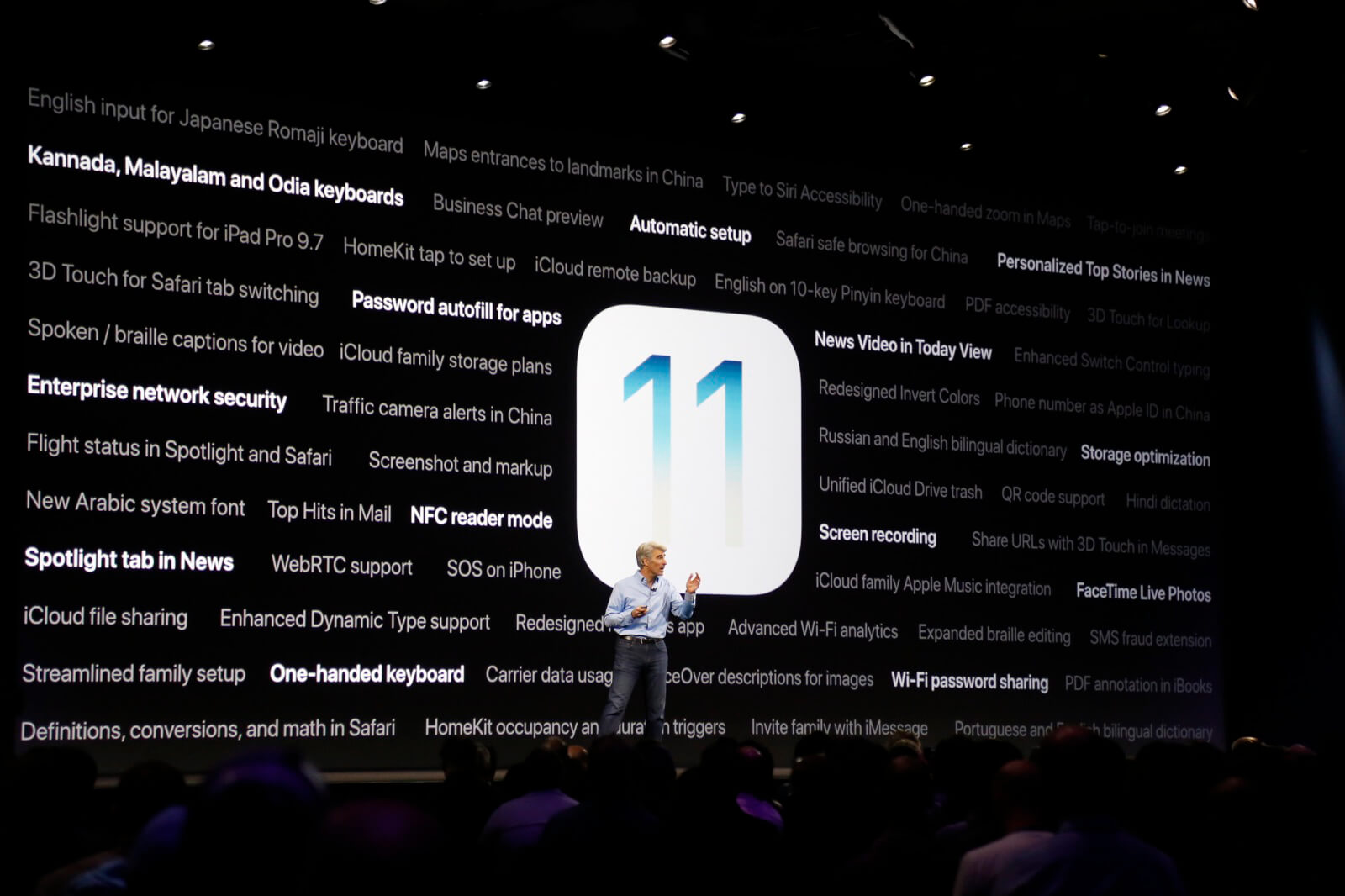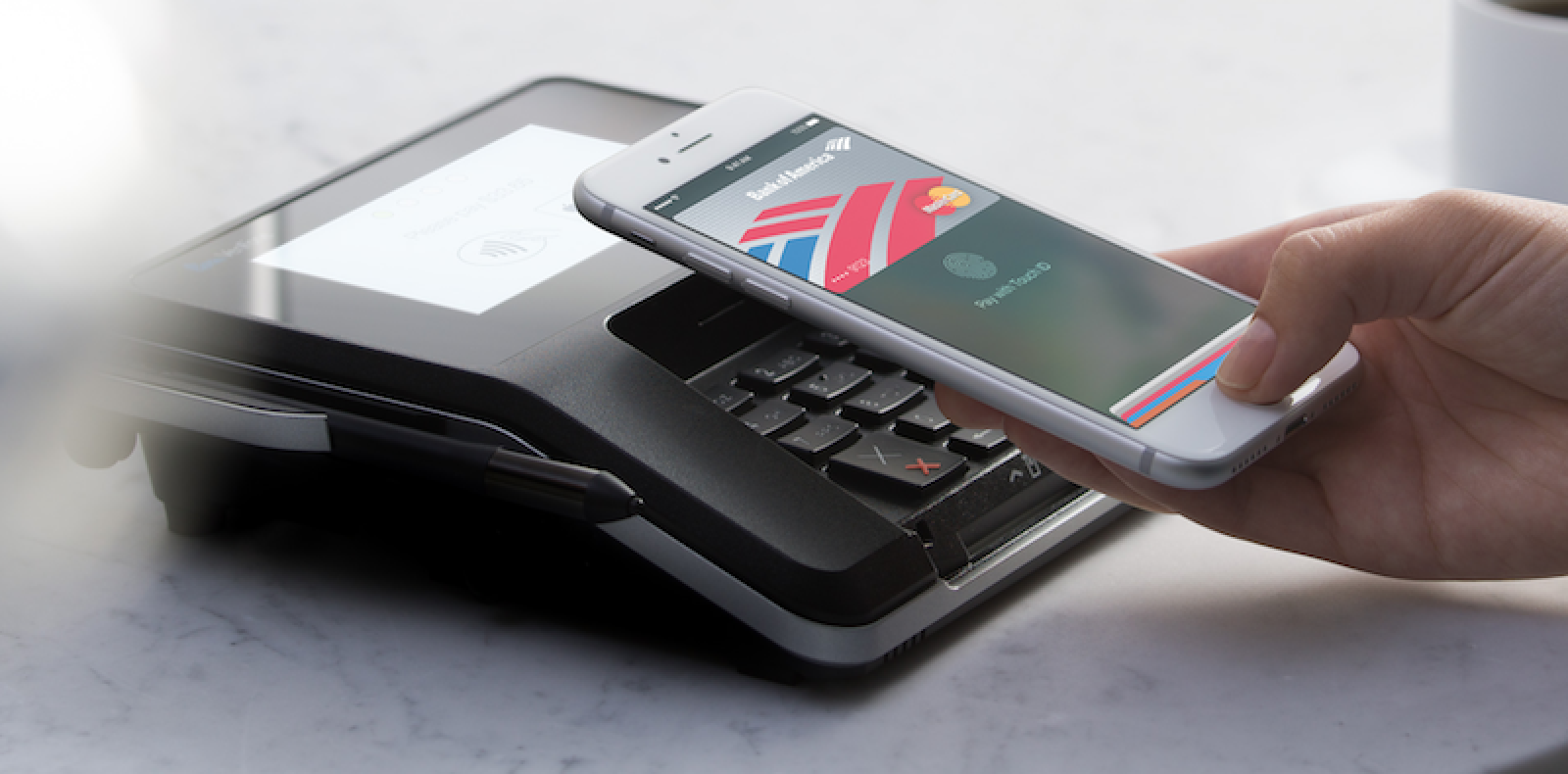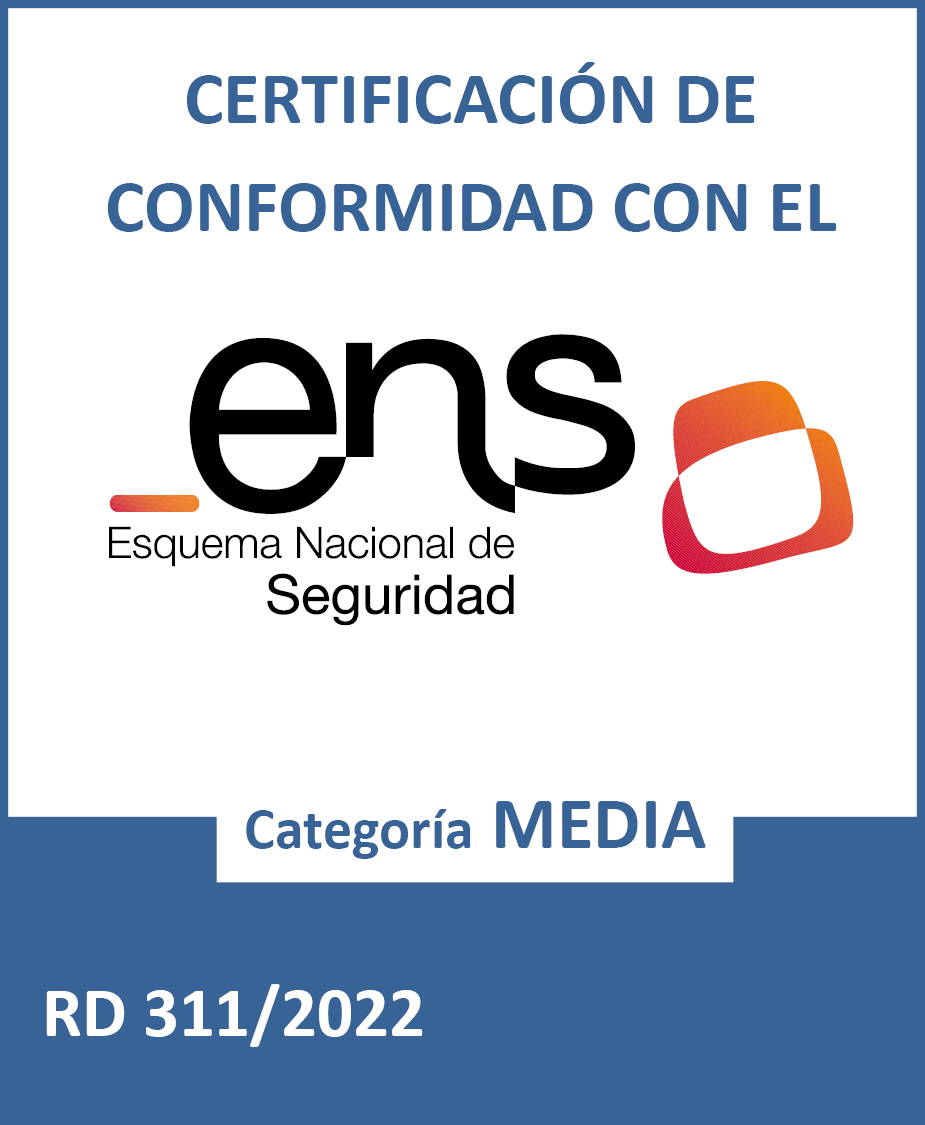Apple opens access to the NFC chip in iPhone
Apple opens access to the NFC chip in iPhone
A few time ago if was already announced at applesfera, Apple finally opens access to the NFC chip already in iPhones since 2014 to the developers!
This are very good news because from iOS 11 Apple brings us access to a very basic phone service to all Apps developers, and by chance to all users.
From long ago Android already gives access to the NFC chip, but, because the chip was not accessible on all platforms, Apps were not making intensive use of it. Now, things have changed and we foresee a slow but huge increment of the use of NFC due to the interesting features it brings to mobile devices.

What is NFC?
NFC, that stands for Near Field Communication, is a very short range wireless communication technology. A NFC chip, by definition, only has enough power to have communications until 4cm range. In practice, depending on the factory some tags may be able to communicate until 10 or 20cm. Technically, a chip is composed by an integrated circuit and an antenna.
NFC communications can happen between two devices with NFC technology, and also between a device and a tag (or stiker). In this last case, the tag has some data saved in it and the reading device (a mobile phone for example), when approached into the required distance, activates the tag and is able to read the information in it (the tag does not require any battery).
Storage
NFC stikers, or tags, can store differents amount of data, depending on the manufacturer. Right now, the biggest tags have a storage magnitude of 8KBytes. But the most popular sizes are between 64Bytes (64 ASCII characters) and 1KByte (aprox. 205 words of 5 ASCII characters each).
Consumtion and cost
The apparent limitations in the communication range are in reality the main distintive feature respect to other wireless technologies. This is so because thanks to this limitation it becomes the best suited communication technology for authentication in addition to having a much lower battery consumption.
In fact, NFC technology has so low power requirements that it does not require batteries in the tags, since they can take advantage of the radio frequency field that produces the reader device.
Tags can become small stickers with a very small chip and antenna. Its cost, about 10 cents of Euro, is much cheaper than Bluetooth BLE tags, starting at an approximate price of 5 Euros.
The connection time between the two parts is 0.1 seconds, so it is a fast technology to use.
Uses of NFC technology
The most prominent use of the NFC is authentication or identification, although it is also very powerful for the location or combination of authentication + location.
Authentication or identification
Since NFC requires communication to be very very close, bringing a person's personal cell into the range of a tag can serve as proof of identification: "as this cell phone that has just been identified I know that it is from this person then I can identify the person in the mobile as user XXX". The system knows that the mobile is from the person because it has previously registered in the system through the App, for example.
Once the person has been identified, the system only has to validate that she has the permissions required to give authorization or to carry out an action that can be customized.
The NFC therefore helps to solve physical authentication and has many cases of use:
- Digital payments
- Entry control to venues and / or events
- Automatic system activation: doors, lights, etc.
- Replacement of the typical credentials: user + password
- Business card exchange
- Loyalty of customers in the Retail sector
- Coupons and discount codes, again in the Retail sector
Location
Another practical use of NFC technology is localization. When a device connects to a NFC tag, or stiker, the system will know that the device is in a specific place, if the tag is physically located in a known space position.
This is useful for:
- Place the user inside a closed enclosure, where the GPS does not have coverage.
- Indicate that the car has been reached so that the phone activates the Bluetooth (and perhaps the GPS), turn off the Wi-Fi, etc.
- Statistical control of customers at various points of sale
- Give information about how to use or assemble an item, for example a piece with an NFC tag.
- Tracking of merchandise.
- Give information to each element of an exhibition.
Other uses
- Secure password sharing of a Wi-Fi
- Automatic parameterized configuration on a label
- Updates of firmware of IoT devices or machinery
- Check the status of IoT devices or machinery

Conclusions
Starting with iOS 11 Apple gives access to the NFC chip for the iPhone 7 and 7 Plus devices. It is currently unknown if the previous iPhones with NFC are compatible with the NDEF tags. Whatever the case, from now on, the use of the NFC will expand much faster than before and in many other areas that not only digital payments.
As custom mobile App developers that we are, we have so far integrated the classic Bluetooth technology and BLE in different Apps, with applications ranging from:
- Digital payments
- Domotic interaction with home appliances
- Peer to peer chats between mobile devices
- Safety at work
- Apps for watches, etc.
We now see with optimism the universalization of the NFC as a complement to Bluetooth since the two technologies are designed for different use cases.

